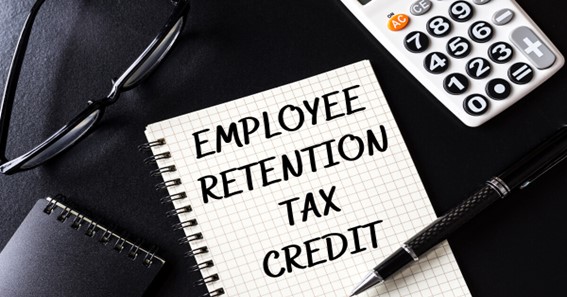If your business suffered a loss of revenue during the pandemic, you could qualify for some relief through the Employee Retention Tax Credit. Your qualification depends on whether you suffered partial or full suspension of business operations and whether you kept employees on your payroll. Any wages you paid during specific quarters of the pandemic could be credited to you at tax time.
Why Was the ERTC Created?
The ERTC tax credit was offered early in 2020 to offer relief to businesses suffering as a result of actions taken by federal, state, or local governments or because of significant financial losses. Since the March 2020 origins of the CARES Act, the ERTC has been expanded and updated more than once. This has made it easier for companies to pay their federal taxes and continue to operate through the pandemic.
What Were the Motivations Behind the Credit?
The main reason behind the Employee Retention Tax Credit was to encourage business owners to keep their employees on their payroll. As the business owners worried about the survival of their business and their own financial stability, it was a natural reaction to reduce employee hours and wages. However, this step continued to propel the country further into a financial crisis.
The promise of receiving a large percentage of the money paid to employees back was an effective way to keep work moving forward. If employees weren’t working during some quarters and were brought back for the following quarters during 2020 and 2021, employers could receive the credit for the time that employees were working.
Who Qualifies for the Credit?
Private companies, including non-profits, may qualify for the tax credit. However, sole proprietors and government entities are not eligible. A self-employed person may qualify if wages were paid to other employees. The size of the business also has a bearing. A company with fewer than 100 full-time employees may qualify for credits for each of those employees. However, companies with more than 100 workers could only claim credits for full-time workers who were paid but didn’t provide any work.
How Much Can Business Owners Claim?
The many changes to the ERTC have made it difficult for many business owners to keep track of what they qualified for in the past and what they may qualify for now. If you originally benefited from the Paycheck Protection Program loan, you may not be eligible for the ERTC – if you used the ERTC during the early part of 2020. After December of that year and again in March the following year, amendments were added to the ERTC, so carefully discuss these details with an experienced tax accountant.
Using the tax form 941-X, eligible businesses can claim any ERT credits retroactively that they missed out on during the crisis. Form 941-X should be filed for each quarter within which the business qualified. It’s important to note that you must file each form within three years after the due dates of your original payroll taxes. This means that the latest you can file these claims is April 2024 for the 2020 ERTC and April 2025 for the 2021 ERTC.
Additionally, consider exploring the ERC Affiliate Program, which offers rewards for educating and referring clients to ERC services. By joining this program, you can tap into a network of former IRS revenue agents to enhance your knowledge and support in navigating the intricacies of the Employee Retention Credit.
What Are the Benefits, Qualifications, and Restrictions?
If you qualified for the ERTC, and if you file the claim correctly, you could benefit from several thousands of dollars through this credit. There are three criteria that may determine whether you are eligible for the credit:
Orders from your local government that shut your business down fully or partially.
A drop of 50 percent in gross receipts from the quarters of 2019 to the coordinating quarters of 2020.
A drop of 20 percent in gross receipts in 2021.
Businesses that didn’t exist in 2019 but were operating in 2020 may also claim the ERTC if you can show the drop in your revenue between 2020 and 2021.
There are several restrictions to claiming the credit. For example, if you already claimed employees on the Work Opportunity Tax Credit or section 45S of the Family and Medical Leave Act, you cannot claim them for the same time period on the ERTC.
If this is the first time you’re hearing of the ERTC or if you simply didn’t claim the credit during the 2020 and 2021 fiscal years, work with an accountant or other trusted professional to find out whether you qualify. If you are eligible, the financial gains could go a long way to strengthening your company.






